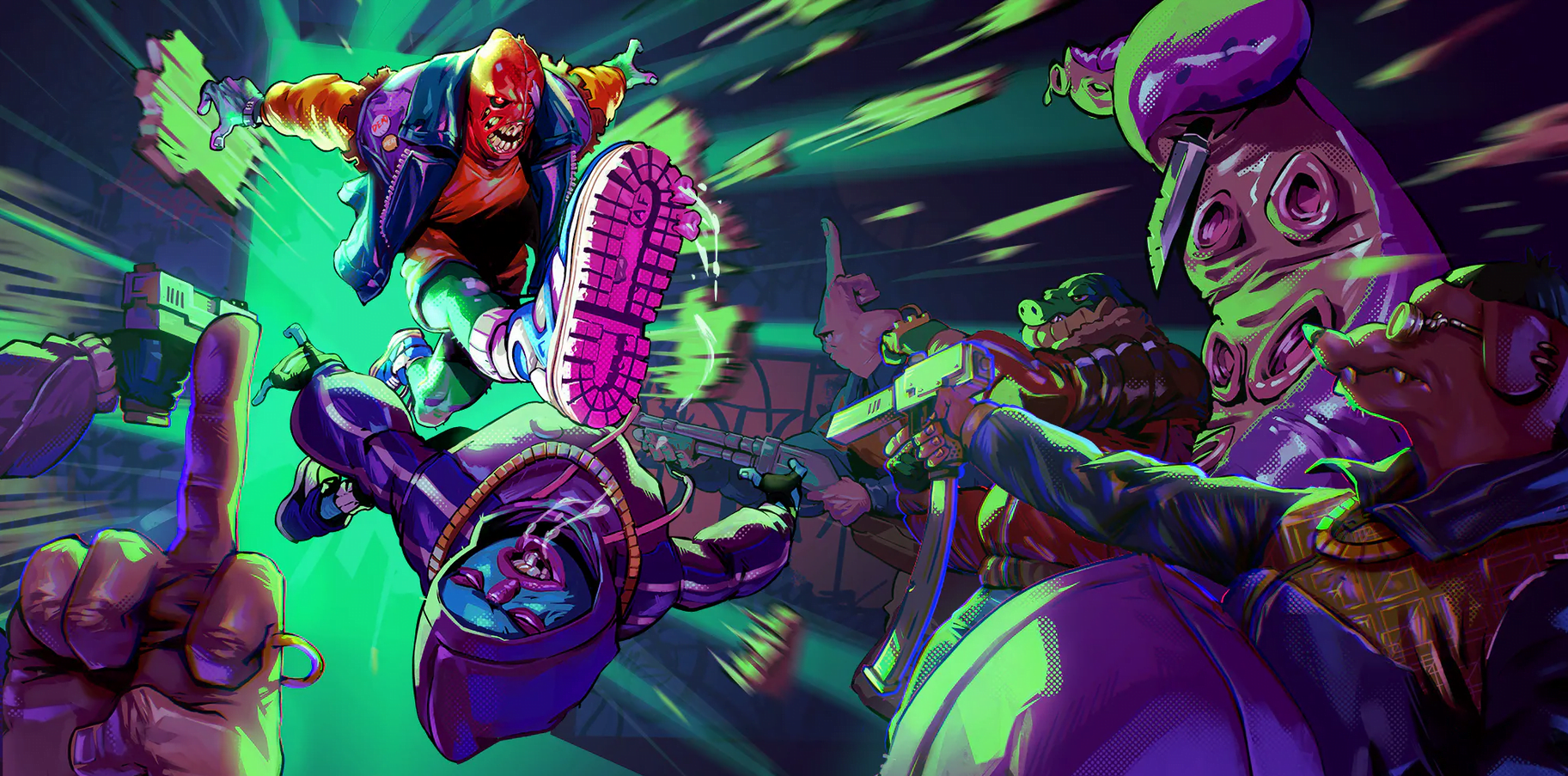Out of all of Sega’s puzzlers released over the many decades that that company’s been around, my favorite one has got to be Puyo Puyo 2. Its quirkiness and charm more than makes up for the fact that it plays very similarly to other gem matching games like Sega’s own Columns, which got a Sega Ages release recently like the one Puyo Puyo 2 is getting this week.
There’s not much to Puyo Puyo 2’s core gameplay, really. You start out with an empty field that is gradually filled up by two-color blobs that fall vertically from the top of the screen. By combining four or more colored blocks, you eliminate them and add to a pile of useless blobs that eventually fall into your opponent’s table. Getting combos by having more than a single row or shape of a single color is key to winning matches, and the manic nature of trying to set up a huge ladder is similarly exciting to manage in Puyo Puyo 2 as it is in say, Tetris.
The Sega Ages version of Puyo Puyo 2 serves a few different game modes for you to dip into. The main arcade option speaks for itself, the basic progression that you’d get in an actual Japanese arcade machine, including quite a bit of text still in Japanese. The game picks a random CPU-controller opponent for you to fight against, and you’re off to the races. As an added bonus, like in the other game mode that you can play, you can activate a rewind feature that allows you to warp back and fix your mistakes, at the same time throwing you into a different leaderboard where your score will get tallied against people from all over the globe.

Endurance mode, on the other hand, has you going against an ever growing list of enemies until you get knocked off. It’s particularly exciting to tackle this mode once you’ve gotten used to the tricks and advanced mechanics of Puyo Puyo 2 since the computer opponents are wont to often throw wrenches into your board that you’d otherwise be ill-equipped to deal with as a fresh novice. That’s why the tutorial vids included in the bonus section are especially useful, dealing some knowledge your way as to how to pull off some of the more complex moves that involve fitting pieces where they’d otherwise rationally wouldn’t. It’s really neat to see the amount of depth that can be brought out of the otherwise simple concept behind Puyo Puyo 2’s gameplay.
The rest of this release of Puyo Puyo 2 follows the mold set by the previous Sega Ages. You get a versus mode that lets you take things online and challenge friends or randos alike, which at the time of this writing didn’t yield any matches, sadly. There’s also a host of video options for you to mess around with, like aspect ratios, filters, and ever color tweaks for the gummy pieces that you match on-screen, which I’m sure will go a long way into helping color blind players enjoy the game. There’s also a manual that complements the aforementioned tutorial videos, and like the other Sega Ages entries, it helps evoke quite a bit of nostalgia for the old full color manuals that used to come with the actual cartridges back in the day. Remember those?
Much like the rest of the Sega Ages catalog, your interest in acquiring Sega Ages Puyo Puyo 2 will depend on what having this game on the go means to you. If you’re like me and have enjoyed playing Puyo Puyo 2 in the past in any way, it’s worth it to have it ready to play on your Switch. It’s easily one of the most charming and enjoyable retro puzzle games ever released, and as usual M2 has done an exemplary job with the emulation. If you have somehow made it through to the year 2020 having not ever played Puyo Puyo 2, it’s well worth to at least check out. Gameplay-wise, it won’t blow you away, but it’s still a certified classic that deserves some megabytes from your SD card thanks to a relatively low cost of entry and presentation quality of that have become a staple of the Sega Ages collection.




